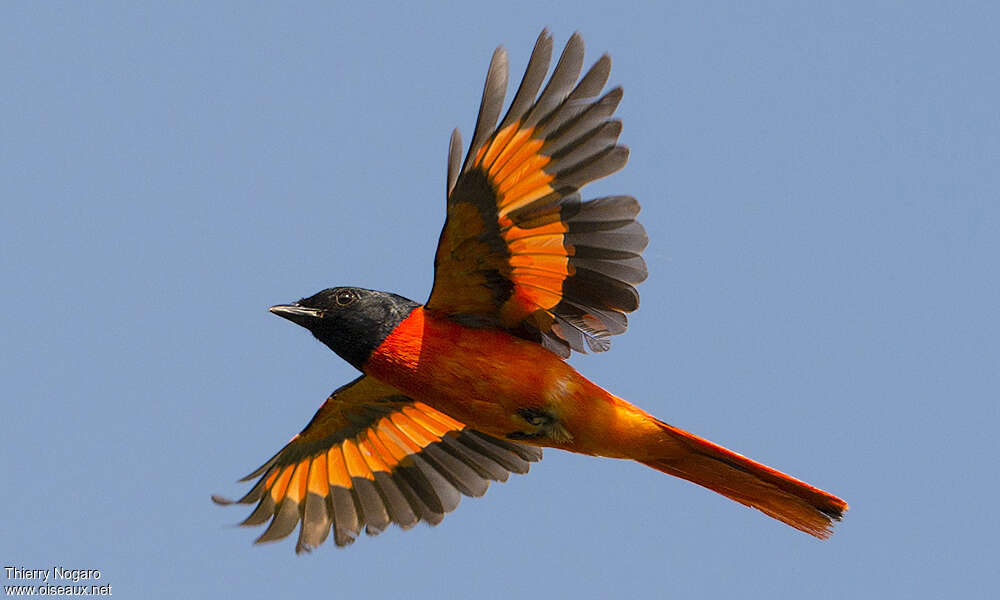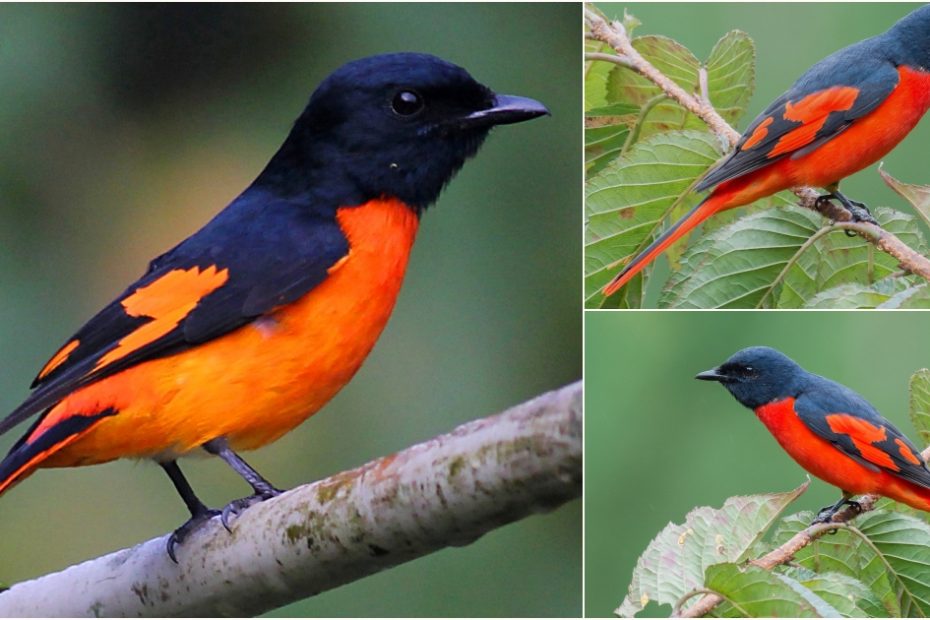

The striking divergence in appearance between male and female Scarlet Minivets is a reflection of the intricate strategies that nature employs to ensure the survival of a species. Camouflage, protection of the nest, and the demands of mating rituals all play a role in shaping the visual identity of these birds. The scarlet brilliance of the male serves not only to attract a mate but also to navigate the challenges of forest life. In contrast, the understated hues of the female provide the necessary camouflage to protect her and her nest from potential predators.
Despite their relatively diminutive size, Scarlet Minivets boast a presence that commands attention. Measuring around 20 to 22cm in length when fully mature, these birds are native to the lush landscapes of southern Asia. Their range spans from the Indian subcontinent eastward to the Philippines, encompassing regions such as southern China and Indonesia. Monogamous by nature, Scarlet Minivets engage in breeding between February and September. Their nesting practices are a marvel of nature’s ingenuity, as they construct cup-shaped nests interwoven with small twigs and stolen spiderwebs. Within this carefully crafted haven, the female deposits 2 to 4 eggs, which incubate for a period of 14 to 18 days. The responsibilities of parenthood are shared, as both male and female birds collaborate to hunt and feed their young.

Scarlet Minivets thrive in the heart of rainforests, either in lowland terrain or within the embrace of mountainous landscapes. Their preferred canopy nesting grounds provide safety and accessibility for the chicks as they grow. What makes the Scarlet Minivet even more intriguing is its penchant for socializing across species boundaries. These birds are often found in mixed-species flocks, demonstrating a unique social dynamic that transcends the confines of their own kind.
Fortunately, the Scarlet Minivet enjoys a healthy and resilient population status. Its habitat preferences extend to swamp forests and even rural areas, contributing to its adaptability. With a wide breeding range and a strong sense of community, these birds are not currently considered endangered or at risk. Their ability to thrive within diverse environments and their reliance on the strength of their flocks make them an intriguing subject for observation and study.
The Scarlet Minivet is a captivating reminder of the wonders that the avian world holds. From its breathtaking coloration to its intricate nesting habits and social interactions, this small bird encapsulates the delicate balance of nature’s design. By understanding and appreciating the complexities of the Scarlet Minivet’s existence, we gain a deeper insight into the intricate tapestry of life that unfolds within our world’s forests.





